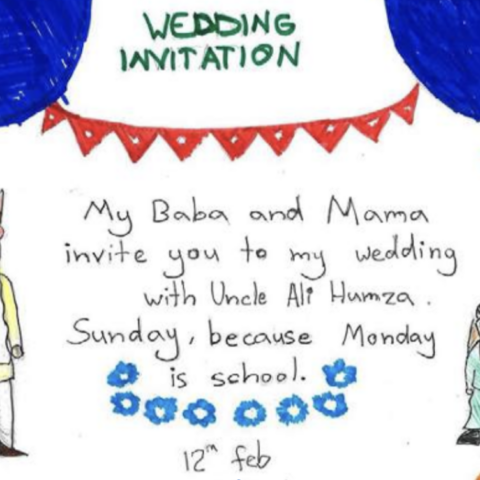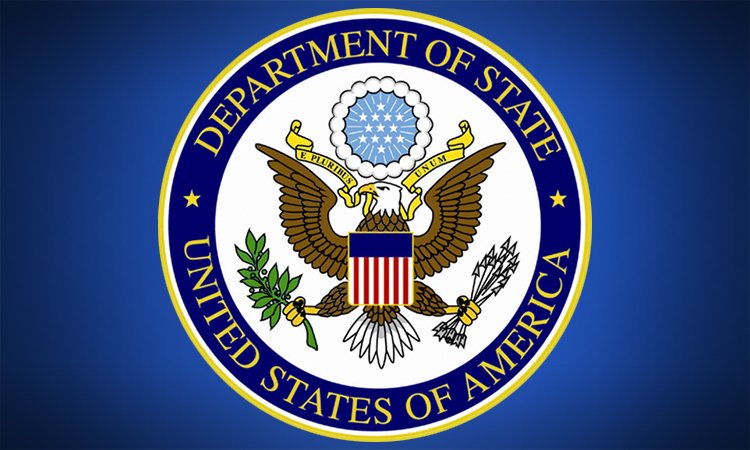By: Matthew Oldham

In the spring of 1994, the international community witnessed one of the most violent and horrific genocides ever orchestrated. In the tiny East African nation of Rwanda, ethnic conflict finally reached its dreadful crescendo in a 100-day massacre that resulted in the deaths of 800,000 men, women, and children. During the colonial era (1884-1961) the Hutu, Tutsi, and Twa were separated by the Belgians based on the size of their nose and the color of their eyes, in order for the different “classes” to be distinguished between. In the lead up to the genocide, the Hutu comprised around 84 percent of the entire population, while the minority Tutsi made up around 14 percent. The remaining 1percent belonged to the Twa ethnic group. Beginning in the early 1990s Hutu extremists in the government began to blame the Tutsi population for growing economic, social, and political problems.
The genocide began on April 6, 1994. While aboard his plane, President Juvénal Habyarimana—a Hutu who was blamed for the divide between ethnic groups—was shot down by a Rocket Propelled Grenade (RPG). While there are many disagreements on who actually took the plane down—some say it was Hutus looking for an excuse to begin the war, others say it was the first Tutsi attack—this is largely seen as the conflict’s ignition point. The Hutu radicals spent weeks targeting Tutsi and moderate Hutu in the worst genocide since the Holocaust. America did not intervene, largely due to the Black Hawk Down incident in Mogadishu, Somalia, a year before. The Battle of Mogadishu, in which U.S. Special Operations Forces attempted to capture two warlords, resulted in 18 dead Americans, and another 73 who were injured. Fatigue of conflict made way for a limited U.S. response to the genocide. The fighting ended when the Rwandan Patriotic Front (RPF), led by Paul Kagame, defeated the Hutu extremists. The Arusha Accords would officially end the civil war and establish a coalition government between the RPF and the Rwandan government. In addition, the International Criminal Tribunal for Rwanda would try the genocidiaries for war crimes and genocide.
Today, Rwanda is at peace. Hutu and Tutsi live in harmony together alongside a beautiful backdrop of lush greenery and open spaces. Paul Kagame is now the President enjoying his fourteenth year in office. Rwanda has seen significant economic growth, better public health, and more adequate education. In 2010, more than 600,000 (a five-fold increase) tourists visited Rwanda to marvel at the beauty of a country once ravished with destruction. An influx of banks and retail helped the economy boom in the capital of Kigali, helping Rwanda enjoy a GDP increase of 8 percent annually. Life expectancy has risen from 48 in 2000 to 62 and the GDP per capita is two times as much, an increase from $575 in 1995 to $1,120 in 2012. The Crude Death Rate (CDR) is substantially lower, as is the Infant Mortality Rate (IMR). Women are benefiting from higher education and more political rights. All seems well in the African nation that became the forefront of despair during the early 1990’s. And what a story it is, like a phoenix arisen from the ashes.
Is this, however, the whole story? Is a nation that was so torn apart over ethnicity, eye color, and nose size so well integrated in a flourishing society? Digging deeper, one begins to realize that Rwanda is not at all what it seems. In fact, it may be more sinister than it has ever been before. Paul Kagame was once called, “one of the greatest leaders of our time” by President Bill Clinton and “a visionary leader” by former Prime Minister Tony Blair. However, the Kagame administration has recently been chastised for several major issues—human rights violations, support of rebel militia groups in the Democratic Republic of the Congo, and alleged assassination attempts of former critical administration members. These dirty tricks lead one to ask if Kagame is in control of a group which took back a country, or if Kagame is in control of a group which took over a country.
Human Rights Watch, a nongovernmental organization that reports on human rights abuses around the world, released a report in 2014 that illustrated hostility toward human rights groups by the Rwandan government. The Rwandan League for the Promotion and Defense of Human Rights (LIPRODHOR) was taken over by sympathetic government supporters. Reports of torture and illegal detention have gone uninvestigated. These violations, if true, reflect a government that is blatantly disregarding several international treaties, human rights doctrines, and universal international norms. Amnesty International, another human rights activist group, reported that several key benefactors—the United States, the European Union, the United Kingdom, the Netherlands, Germany, and Sweden—all slowed their financial assistnace programs in light of not only these human rights violations, but evidence of Rwandan support to M23, a rebel militia group, in the Democratic Republic of the Congo as well.
The Democratic Republic of the Congo (DRC) has been engaged in deep-seated conflict for a number of years, playing host to one of the most deadly civil wars ever with over 5 million deaths. The March 23 Movement, or M23, emerged in 2012 in a rebellion against the DRC’s government. Rwanda has played a major role in backing the brutal M23 and allowing them to use government owned land for training. Amnesty reported that Rwandan military weapons and small arms have also been sold to M23 and the Rwandan government has provided intelligence and logistical analysis to the rebel group. The Kagame administration may have also allowed M23 recruitment within their own borders and assisted in the process. These actions have been highly criticized in the United Nations and by the international community at large. Rwanda has essentially provided help to a group that has massacred hundreds, if not thousands of people in the DRC. This sickening air of disregard by the Rwandan government has paved the way for assassinations, murders, rapes, and other human rights violations throughout their war-torn neighbor.
Perhaps most disturbing is the assassination of Kagame critics. In 2007, after reports of insubordination by the Kagame administration, Head of Rwandan External Intelligence, Patrick Karegeya fled into exile. A brutal and violent man, Karegeya was at one time in charge of hunting down Hutu dissidents in the DRC during the 1990s. After receiving threats from government officials, Karegeya began to fear for his life. He sent his family to the United States, hired bodyguards, and spent most of his time in the shadows. He did not have a job because he feared the Rwandan government would be able to track him down more easily. Karegeya was a man scared. On Dec. 29, 2013, Patrick Karegeya, a one-time spy master, was found strangled in his hotel room in Sandton, South Africa. His bruised and battered body was nearly unrecognizable. The Kagame administration has, of course, denied any involvement.
Karegeya was far from the only name on Kagame’s hit list. Former Rwandan army chief of staff, Faustin Kayumba Nyamwasa, survived two assassination attempts during 2010. A raid on his house by armed men (allegedly Rwandan) in March 2014 resulted in the South African government expelling four Rwandan diplomats and a Burundian envoy. Again, the Kagame administration denied any involvement in the botched assassination attempts. An interesting idea, given that he once said, “Whoever betrays the country will pay the price.… Whoever it is, it is a matter of time.” Defense Minister General James Kabarebe echoed this brutal dialogue in a speech of his own, “”When you choose to be a dog, you die like a dog.”
The history of violence began well before, Karegeya or Nyamwasa. Opposition parliament member Leonard Hitimana disappeared in 2003, his remains never found. Targets have also included journalists like Charles Ingabire who fled to Uganda for safety from the Rwandan government. A Human Rights Watch report documents 19 years, just after the 1994 genocide, of attacks, detentions, arbitrations, tortures, and assassinations. From 1994-2000 Kagame served as the Vice President and head of the army responsible for rebuilding Rwandan infrastrucutre. Kagame has denied involvement in the “retribution killings” that took place after the genocide. This report has garnered interest from the international community as to what the Kagame administration is really up to. The lack of intervention during the 1994 genocide has played well into Kagame’s hand. Western guilt has caused a huge influx of aid which strengthened Rwanda’s economy and increased its standard of living. Aid and education are more widely available than ever before. The West looks like the hero. But the killings have not stopped, the targets are just different. The violence continues, but the perpetrators have changed. Repression is alive and well, just not as easily seen. As the anniversary of the Rwandan genocide approaches, the question remains: was one animal traded for another?

